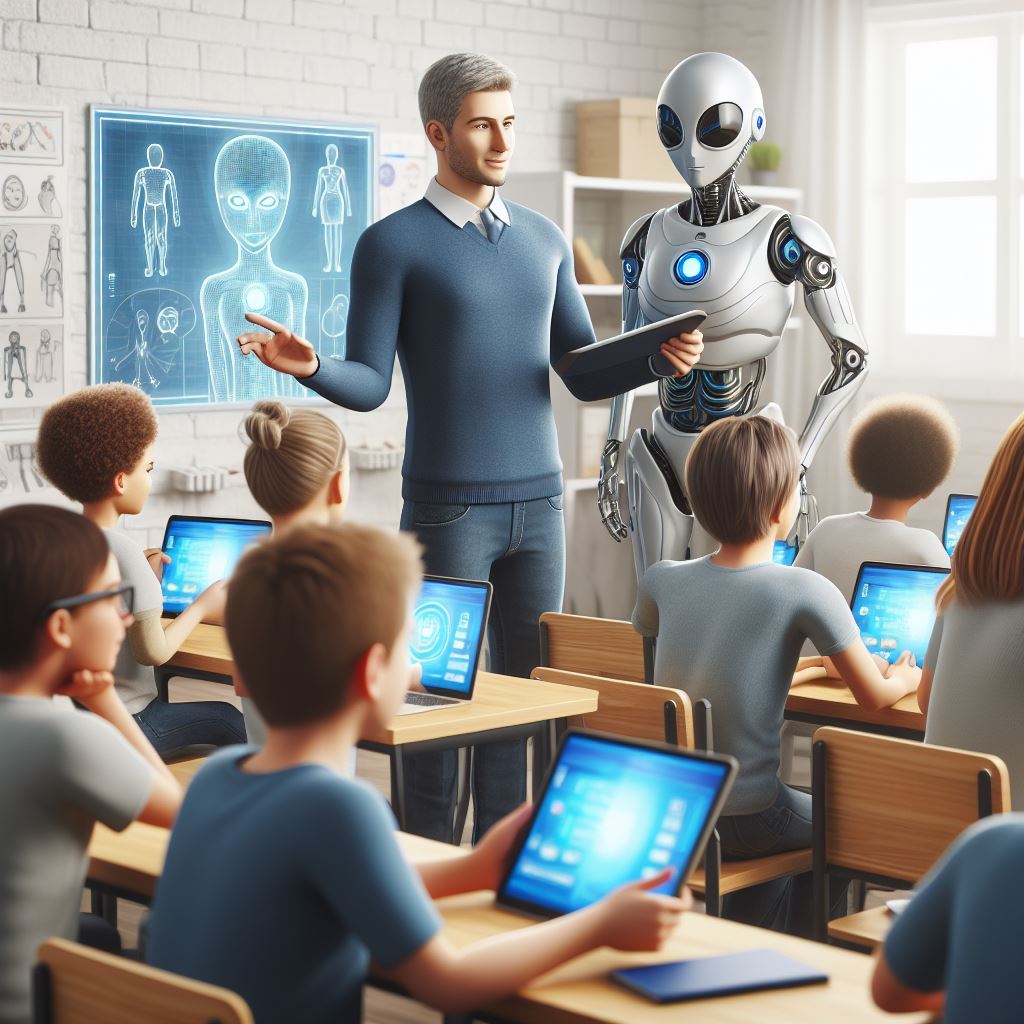Posted At: Sep 08, 2023 - 354 Views

The increasing use of artificial intelligence (AI) in education has revolutionized the way students learn. AI-powered tools are enabling personalized learning experiences, automating administrative tasks, and providing real-time feedback to teachers and students. AI-enabled applications in education can be divided into two primary categories: content-centric and process-centric.
Content-centric AI applications focus on delivering content to students in an engaging and effective manner. AI-powered tools are able to assess the learning needs of individual students and customize content delivery accordingly. AI can also be used to create interactive and personalized learning experiences. For example, AI-powered virtual tutors can provide personalized one-on-one instruction, and AI-powered chatbots can provide real-time feedback on student’s work.
Process-centric AI applications focus on automating administrative tasks and processes. AI-enabled online systems can automate the grading process and provide real-time feedback to students on their work. AI can also be used to automate tasks such as scheduling and curriculum design. By automating these tasks, educators are able to focus more on teaching and interacting with students.
AI-enabled applications are transforming the way students learn and the way educators teach. AI-powered tools are helping to personalize the learning experience and automate administrative tasks, allowing educators to spend more time focusing on the needs of their students. As AI-enabled applications become more prevalent in education, the possibilities for personalized and automated learning experiences are infinite.






